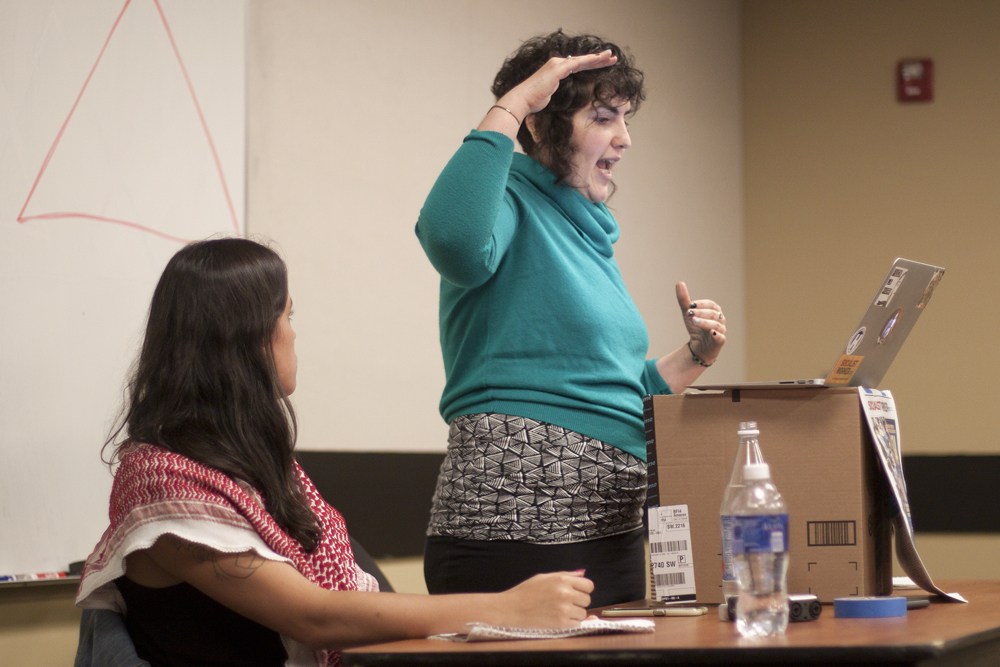Unnamed
Americans, it seems, have never been better educated. Between 1970 and 2000, the number of individuals enrolled in institutions of higher learning increased from 8.5 million to 15.3 million. Likewise, from 1971 to 2001, the percentage of 25- to 29-year olds in the United States holding at least a bachelor’s degree rose 71 percent. So why, as Congress prepares to reauthorize the federal law governing higher education, are policy-makers so unhappy?
The answer is the ever-rising cost of college tuition, and the anxiety it’s causing the public. Fortunately, a new report from the U.S. House Committee on Education and the Workforce, “The College Cost Crisis,” contains clues to the solution 퀌_ if only policy makers would see them.
As the report 퀌_ released to herald the reauthorization of the Higher Education Act퀌_begins, it identifies the tuition rocket’s likely fuel: “Beginning with the Higher Education Act of 1965, the federal government … has provided significant funding to help ensure that low- and moderate-income students and families are not prevented from receiving a postsecondary education simply because of financial circumstances.” This year it accomplished that by “investing roughly $90 billion in higher education, with the bulk of that money, about $65 billion, going directly to students. …”
Though the $90 billion figure for overall federal higher education funding is staggering, the prime suspect for ballooning tuition costs is the only slightly less staggering $65 billion going directly to students. Consider its effect on demand: A student will “purchase” education at a price he can afford. Extra education money enables him to pay a higher tuition.
In the aggregate, billions of dollars of student aid artificially inflate demand 퀌_ and average tuition 퀌_ as students who might not have gone to college do, and others attend more expensive institutions than they otherwise would have. “The College Cost Crisis” acknowledges that federal aid has produced just such an effect: Pell grants alone, it boasts, have “made the dream of college a reality for millions of students” by helping to “defray the cost of higher education.”
On the supply side, federal aid makes universities less sensitive about their own costs.
“Increases in financial aid in recent years have enabled colleges and universities blithely to raise tuitions, confident that federal loan subsidies would help cushion the increase,” said then-Secretary of Education William J. Bennett in 1987.
The “Bennett hypothesis” 퀌_ the theory that as long as someone ensures the bills will get paid, colleges will raise tuition 퀌_ makes sense, especially in light of government’s guarantee of an affordable college education for all who want one. It’s a reality corroborated by Murray State University President Dr. F. King Alexander, who in a recent hearing told the House Subcommittee on 21st Century Competitiveness that some schools do, in fact, raise tuition because government will cover it.
Unfortunately, despite Alexander’s revelation, subcommittee members spent little time digging deeper into the Bennett hypothesis. It’s an attitude reflected in “The College Cost Crisis,” which gives Bennett’s theory only a cursory 퀌_ but emphatic 퀌_ nod, with quotes from recent articles in Newsweek and Forbes: “Because parents and students keep coming back for more, there is ‘no market constraint to keep them from raising tuition,’ Newsweek quotes Ronald Ehrenberg, director of the Cornell Higher Education Research Institute, as saying. ‘People continue to knock on their doors.’ And, of course, the federal government continues to increase spending. …”
So what does the report suggest as a possible solution to the tuition inflation problem? Colleges and universities policing themselves. It would rely on “commitment from the higher education community to not only acknowledge the problem but work toward addressing it, and broad cooperative efforts from all stakeholders in higher education. …”
Good luck. If the Bennett hypothesis is true, schools have no incentive to rein in costs. As long as colleges are in competition, and university jobs and salaries depend on schools drawing kids away from competitors, institutions of higher learning won’t stop buying the latest equipment, building new facilities and hiring expensive, “celebrity” professors. That is, unless tuition and other funds become more scarce.
Reauthorization of the Higher Education Act is an excellent opportunity for all the college-educated folks in Congress to explore the real causes of skyrocketing tuition. Unfortunately, if “The College Cost Crisis” is any indication, higher education will continue to be treated as a federally ensured entitlement, driving politicians to keep on fueling the tuition rocket they say they want to ground.
퀌_ Neal McCluskey is a policy analyst with the Center for Educational Freedom at the Cato Institute.




